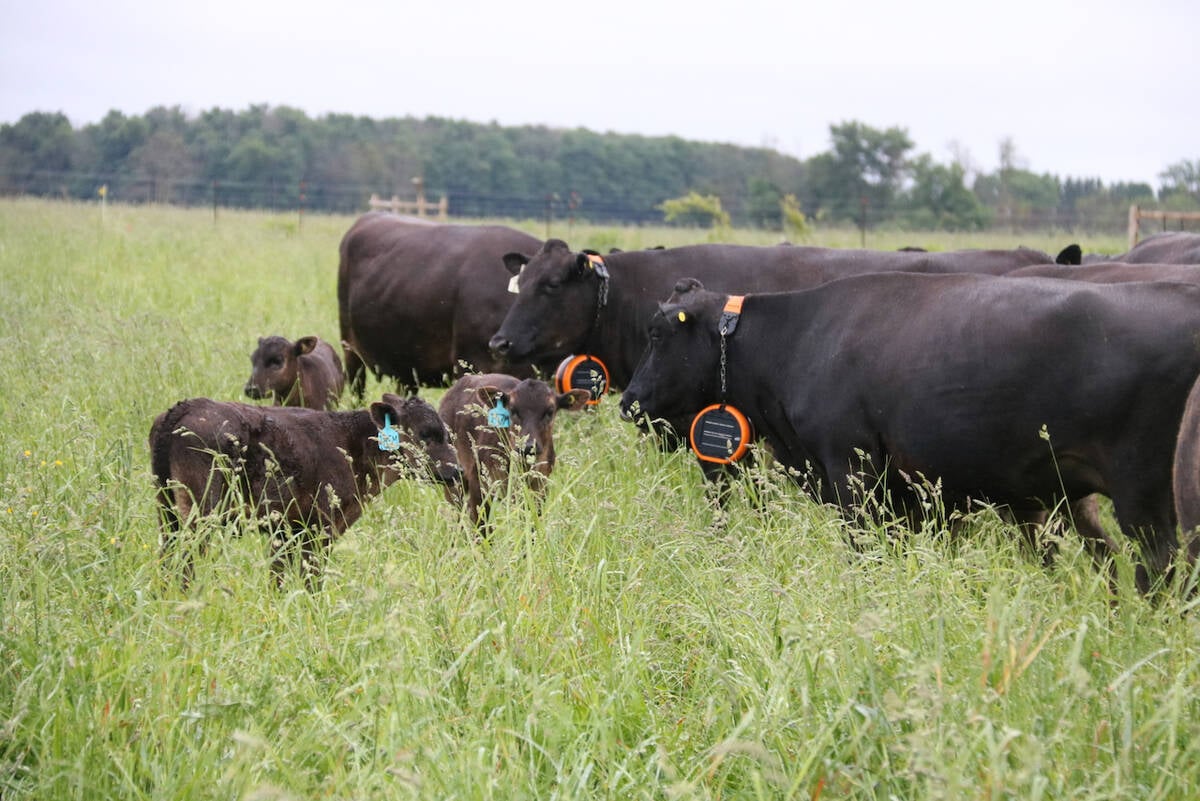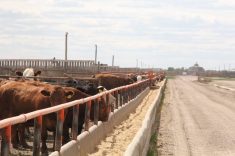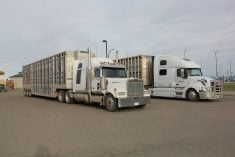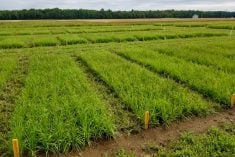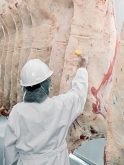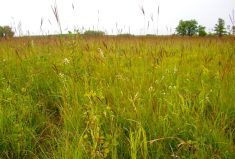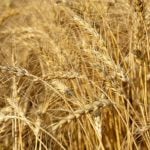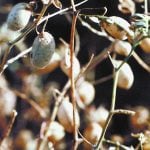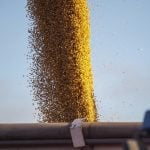Canada’s beef industry is built on exports. In 2024, Canada exported 550,000 metric tonnes of cattle and beef (net of imports). Most of Canada’s exports (75 per cent of export volume and 79 per cent of export value) went to the U.S. because it’s right next door — our products are similar, and American and Canadian consumers have comparable quality preferences and expectations.
Japan was Canada’s second largest export market (nine per cent of volume and seven per cent of value). Japan primarily buys brisket, flank/plate, chuck and rib from Canada. The “rib” primal is home to the ribeye steak, which is one of the most highly marbled and high-quality cuts. But “highly marbled” and “high-quality” are subjective terms. Anyone who has seen or tasted Japanese Wagyu beef knows it is much more highly marbled than Canadian beef.
The difference in marbling between Canadian and Japanese beef is partly due to genetics. Japanese Black cattle raised for Wagyu beef deposit more marbling than the beef breeds traditionally used in Canada. It’s also partly due to management (Japanese Black cattle are fed differently, and for much longer than Canadian beef cattle).
Read Also
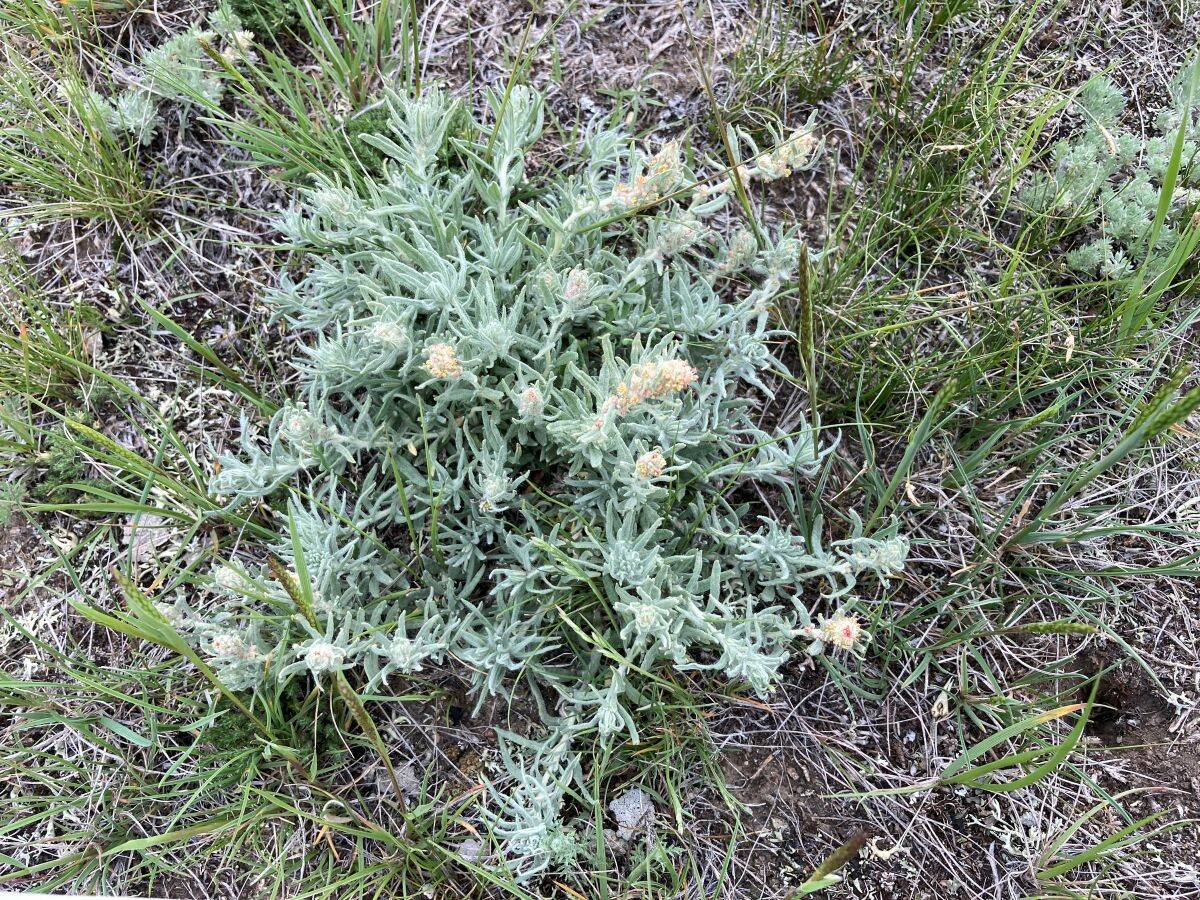
Canadian researchers dig into re-establishing winterfat in beef cattle pastures
Research into re-establishing winterfat for fall and winter livestock grazing in Western Canada
But the marbling difference between Japanese and Canadian beef is also partly due to differences in the grading system. Canada’s system of marbling in the ribeye muscle, located between the 12th and 13th ribs (roughly midway between the front and hind legs), assigns an A, AA, AAA or Canada Prime grade. Japan’s grading system evaluates marbling in the muscles between the sixth and seventh ribs (behind the shoulder) and assigns one of 12 grades (JMGA 1 to JMGA 12, with one being low marbling and 12 the highest level of marbling).
The ribeye muscle is cone-shaped and becomes much smaller as you move forward from the Canadian grading site to the Japanese grading site. This means that seams of intramuscular (marbling) fat running lengthwise through the ribeye are much more concentrated and visibly obvious at the Japanese site. As a result, the ribeye muscle from the same carcass will have a higher marbling score at the Japanese grading site than at the Canadian grading site, regardless of its genetics or how it’s been fed. Being able to “translate” the Canadian marbling score to a Japanese marbling score may help to market Canadian beef more effectively in Japan.
Oscar Lopez-Campos led a team at the Agriculture and Agri-Food Canada’s Lacombe Research and Development Centre (AAFC Lacombe), where they studied whether the marbling score at Canada’s grade site can predict marbling scores at the Japanese grading site (Relating the Canadian and Japanese beef grading sites; (doi.org/10.1016/j.meatsci.2025.109832).
What they did: They raised 634 Angus-cross calves and slaughtered them as calf-fed (11 to 13 months of age) or yearling-fed (15 to 17 months) cattle at AAFC Lacombe. These carcasses were part of a much larger study that will be featured in a later issue. The 394 carcasses with the highest marbling (92.5 per cent were AAA or Prime) were used to compare various meat quality parameters, such as pH, colour measurements, intramuscular fat percentage and visual marbling scores at the Canadian grading site versus the Japanese grading site.
What they learned: On average, the ribeye muscle contained 33 per cent more intramuscular fat at the Japanese grading site than at the Canadian grading site. The Japanese grading site also had a higher pH and a brighter red lean colour. These factors can make flecks of marbling more obvious to the grader’s eye. Together, more intramuscular fat, plus redder beef, made for higher marbling scores at the Japanese grading site than at the Canadian grading site.
Nearly 90 per cent of the carcasses graded as AAA at the Canadian site between the 12th and 13th ribs would have graded JMGA 3 or JMGA 4 at the Japanese site between the sixth and seventh ribs, and over 85 per cent of the carcasses graded Canada Prime would have graded as JMGA 4 or JMGA 5. But it is also noteworthy that nearly a quarter (22 per cent) of the carcasses in this study achieved a grade between JMGA 6 and JMGA 10 at the Japanese grade site. That’s getting near the top of the 12-category Japanese system. Those Canadian carcasses may also have a much better muscling than the more “dairy-like” conformation of traditional Japanese Black cattle.
So what does all this mean to you? While Japan is a relatively small market for Canadian beef, it is important and lucrative, especially because it helps diversify our markets beyond Canada and the U.S. Canada only produces two per cent of the world’s beef. As a small player in a large international marketplace, Canada must identify the markets that are looking for what we produce and help give those markets reasons to buy what we’ve got.
The bottom line is that the highest-end Wagyu beef is unaffordable to most Japanese consumers. But Canadian cattle can produce beef that is acceptable for the mainstream Japanese consumer. Being able to indicate how Canadian quality grades equate to Japanese marbling scores may help give our beef a slight edge in a very important export market.
The Beef Cattle Research Council is a not-for-profit industry organization funded by the Canadian Beef Cattle Check-Off. The BCRC partners with Agriculture and Agri-Food Canada, provincial beef industry groups and governments to advance research and technology transfer supporting the Canadian beef industry’s vision to be recognized as a preferred supplier of healthy, high-quality beef, cattle, and genetics. Learn more about the BCRC at www.beefresearch.ca.


